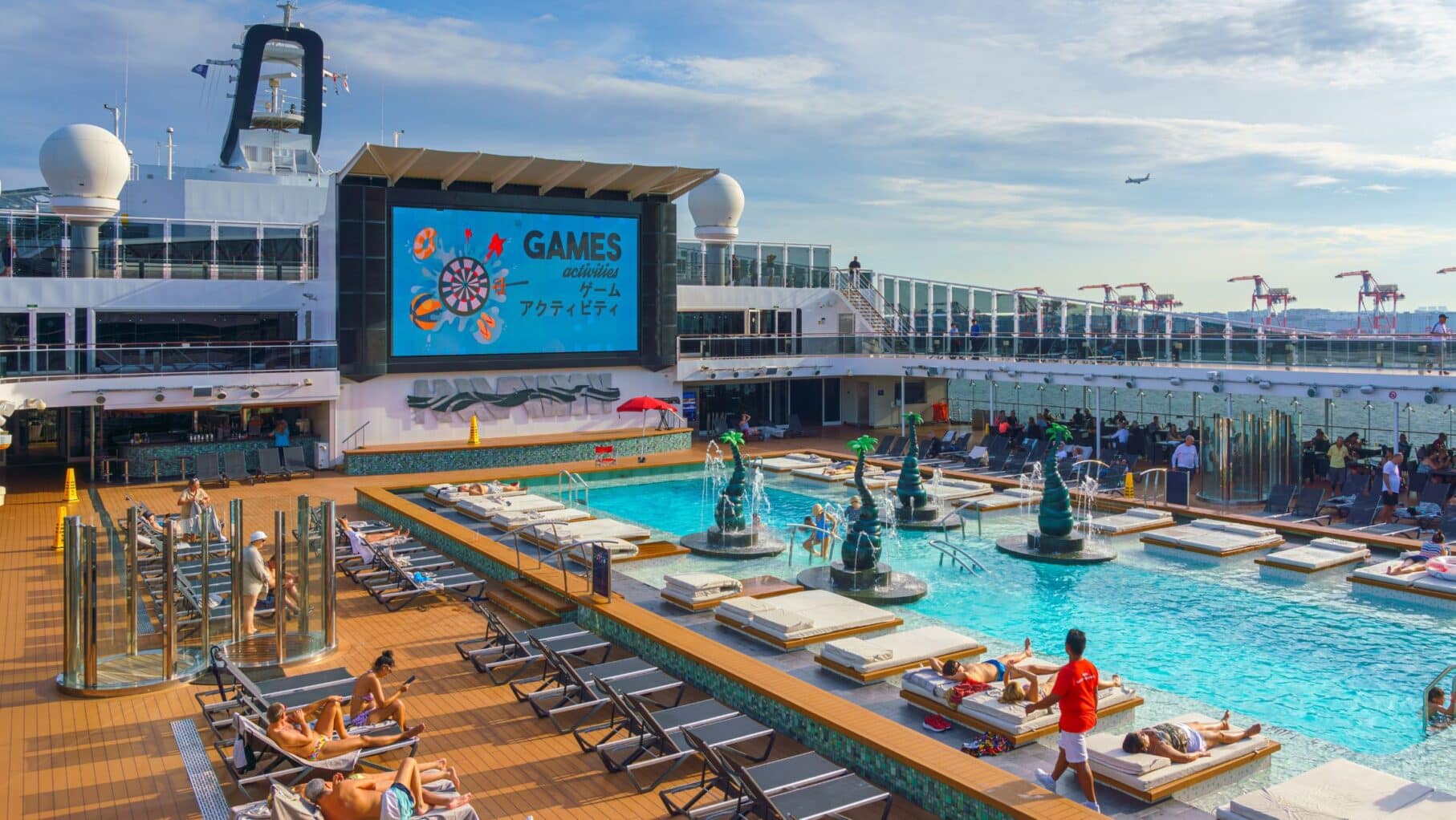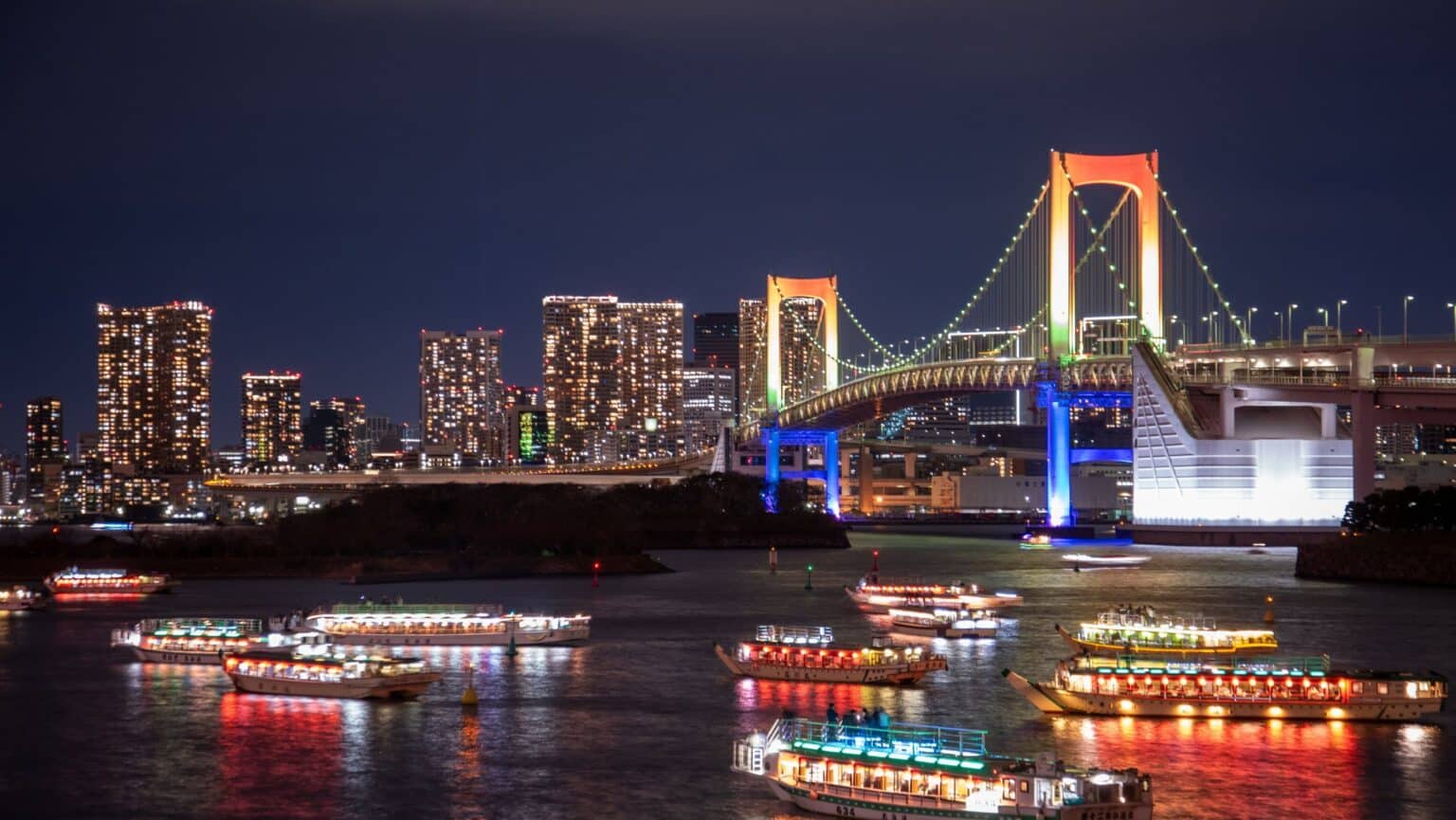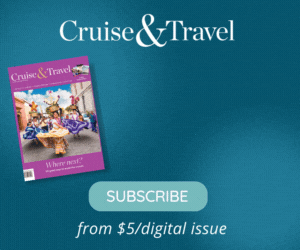- Japan is seeing a cruise boom, at the very same time as Australia sees a decline.
- Industry figures have been direct about why this is, costs to cruise in Japan are much lower than in Australia and New Zealand.
- Japan uses public port projects, combined with invitations for private investment from cruise lines themselves, to keep port fees low.
As Australia and New Zealand experience a cruise crisis, with both countries seeing capacity drops of around 40% over three years, many cruisers and people in the industry have been left to wonder, where are cruise lines sending their ships instead and why?
While it’s no big secret that cruise lines have been boosting their inventories in the Caribbean, as well as sailing more itineraries out of California, another region where cruise lines are boosting their presence is in Asia.
Cruise lines such as Norwegian Cruise Line, Royal Caribbean and Princess Cruises have all been increasing the amount of ships they have sailing in Asia, while lowering Australian capacity at the same time.
A perfect example of this is what’s happening with Princess Cruises. Princess has been shoring up its fleet in Japan, while reducing its sailings out of Australia. Now, both Australia and Japan will have two Princess ships, despite Australia historically being the much larger consumer of Princess cruises.
However, Princess executives are making no secret of why this is happening. The answer is simple. As Japan makes it cheaper and easier for cruise lines to visit, Australia is moving in the opposite direction.
Princess Cruises Vice President Matthew Rutherford told Cruise Weekly that sailing in Japan can have significantly less operational costs than sailing in Australia.
“For the cost side, I mean, it’s just low, it’s substantially low, five times lower – it’s not even in the ballpark of this region.
“And it’s not just the big ports – the little mum and pop ports – everyone’s out there competing for business.
“So what’s different is that they’re all incentivising cruise to come and they see the value of tourism to their economy, and they’re all working really hard to get the tourists into their region, to benefit from it, and then the government is over the top, guiding the process, making sure everyone wins.”
“It’s fair, equal, it’s a very collaborative approach to growing cruise tourism, and then talking about growing cruise tourism, we just added another ship to our deployment.”
With Princess about to sail their biggest ever Japanese season, the country’s approach is clearly working.
Others in the industry are corroborating this. For example the owner of Heritage Expeditions, a New Zealand owned small-ship cruise line, Nathan Russ told SeaTrade that visiting New Zealand ports, even for his small cruise line, costs up to six times more than to visit Japanese ports.

“It costs around NZ$10,000 (AUD$9060) to go to Akaroa and approximately NZ$3,000 (AUD$2715) to go to Hiroshima in Japan.
“It costs NZ$30,000 (AUD$27150) to go to ports in Auckland and around NZ$5,000 (AUD$4530) to go alongside in Osaka, Japan.”

How did Japan win over cruise ships?
So, how did Japan create a strategy that was successful in bringing in more cruise tourism? The Japanese Ministry of Land, Infrastructure, Transport and Tourism clearly outlines how they used public and private port partnerships to get port fees down and infrastructure advancing, creating an attractive environment for cruise lines.
This is the outline of their plan to attract more ships.
“In order to respond quickly and efficiently to the demand for cruise ship calls, in accordance with the Ports and Harbors Act revised in July 2017, the public sector will develop quays exclusively for cruise ships at nine ports designated as Hubs for International Passenger Ships.
“Also, cruise ship operators wishing to have priority use of the said quay will develop the passenger terminal building etc. necessary to receive cruise ships, thereby promoting the formation of an international cruise hub through cooperation between the public and private sectors.
“Thus, the public and private sectors will work together to promote the formation of an international cruise hub.”
This outlines how Japan’s strategy was to begin with public projects, but also allow cruise lines themselves to contribute to the development of ports in exchange for priority preferences at that port.
In Australia, this would involve allowing a cruise line such as Royal Caribbean to contribute to port development in Wollongong or other areas, to create more capacity out of Sydney.
Now for example, Carnival has a long-term agreement with the city of Sasebo to operate their terminal, which they’ve had since 2018. Carnival has a 20-year agreement to both construct and operate the new terminal, incentivizing Carnival to bring in more ships of its own, and of its other lines, such as Princess Cruises, into Japan.
This creates a boost in the local economy for Japan, and encourages cruise lines to lay down term roots in the country. For lines that haven’t begun privately constructing ports, the approach also seems to work in keeping port fees to a minimum, making cruising there a more attractive proposal anyway.
Could this collaborative approach form the blueprint for how Australia could reinvigorate its cruise industry?
Tell us what you think in the comments below.








Cruise lines can’t just blame the costs. I’ve cruised a lot and it’s the same old ports. From any port in Australia you have many islands to go to. It they don’t do it.
The itineraries have gotten stale.
Same as the Carribean. Been there done it and as much as I love the Carribean I don’t want to see and do the same thing.
Absolutely agree with the previous comments, cruising from Melbourne was great for us melburnians, to go anywhere for a nice relaxing holiday, but typical of greedy governments we have lost out. But look at the terminal in Melbourne, an eyesore and disgrace.
Luckily we love to visit Sydney, so Sydney it is
Well I am sorry to say over the past few years since covid the cruise fare on Royal has sky rockete. I booked a junior suite to New Zealand which I paid just over $5,000 =12 days we cruised march 2025. I just priced the same cabin to New Zealand 11 days it has doubled. This is the reason why people are going to Other cruise companies. For return qantas flights to Japan with two nights accommodation pre cruise 12 nights next April $ 4999. Upgrade to a balcony $ 1500.
Australia’s problem is that Labor state and federal governments want and need union involvement in consultation and construction. They do not want “outsiders” or small businesses involved, that’s why it costs so much. Wake up, Australia .
I visited New Zealand and Australia earlier this year on a cruise starting in Auckland, and we Canadians mostly getting off in Victoria, BC, Canada, rather than go to Seattle and mainland USA. What really got to me was the very high cost of the visas in order to visit NZ and OZ, way way more than if citizens of these 2 countries were to visit Canada.
I will be leaving for Japan in less than 2 months. Way cheaper, and next fall I will be going on a longer Japan cruise that goes all around the country and includes South Korea. As a Canadian, I am trying to avoid going to the USA, given the horrible political climate down there right now.
I certainly wish Australia and New Zealand would get their act together, especially the state of Victoria. We have done nearly 50 cruises in the last 14 years but as we are now getting old the thought of sitting on long flights to start a cruise is no longer appealing or practical for us. It also adds greatly to the cost of the cruise.
Cruise lines need to new ports to visit, not the same ones over and over if they want to increase their numbers. While it is nice to cruise anywhere, it is a big plus to visit somewhere you haven’t been yet.
Thank you for a good article. It highlights the trend in Australia and New Zealand of privatisation and profit maximisation. Unlike Japan, It is the Port operators that are just looking at thier own profits. For them there is no profit in the wider economic benifit. Cargo is easier to handle and is in most ways not as price sensitive because the costs are spread over a much larger range of goods.
Governments in Australia are only loking at whats in it for them ( how much can we tax).
A good example coming up is the Brisbane Olympic games. A lot of people are going to come to Qld, but the tourism industry is just a side thought. Can you imagine if the State Government, slashed the port fees in Brisbane and all along the Qld coast, co invested with cruise lines in Port terminals and logistic infrastructure and did some cooperative development for semi private islands up the coast, they could start to draw people to Qld. Unlike Sydney and Melbourne, Brisbane has an abundance of land and could dramitically increase its passenger port without much distruption to cargo traffic. It is close to the Airport ( which Syd and Mel are not). Qld has an abundance of unused or seriously under utlised tropical islands that could be used for cruise private island resorts or even shared public private resorts that can be used all the time.
But sadly our politicians and Public service are only looking at how much it will cost and not on the long term benifit or the profit that can be extracted from day one.
HAving been to the Carribean a savvy state government could create an upmarket competition that would offer world class attraction. But sadly, if we started now, the parties and public services would still be argueing about it in 2032. By then w may not have ships visiting Australia.
Australia does not have a strategy for improving ports and reducing port costs or increasing port access.
Even if we did the time it takes a long time to make these changes due to approval processes and build times – we are talking about a 5 to 10 year time frame.
Therefore we will not see a increase in cruise line capacity well into the future. This is a missed opportunity for Australia as we have so much to offer.